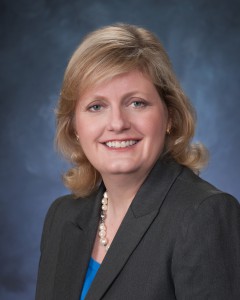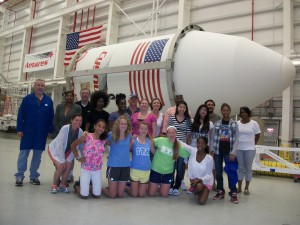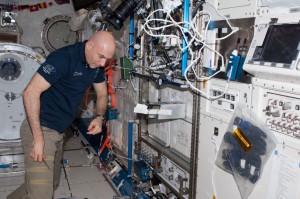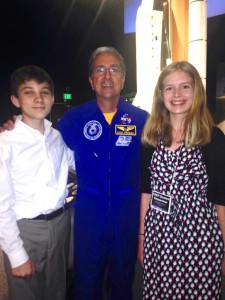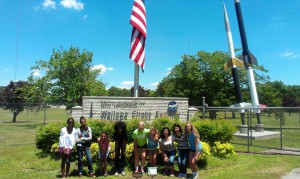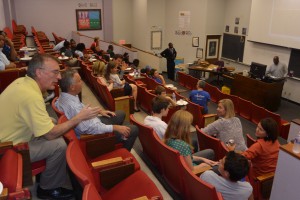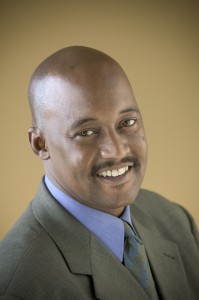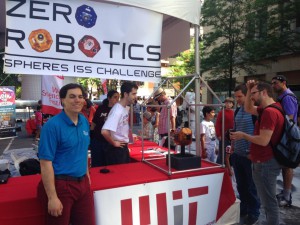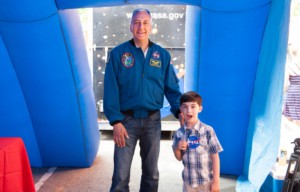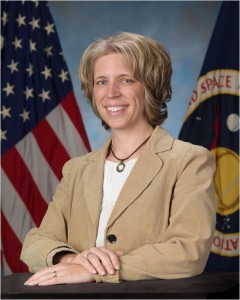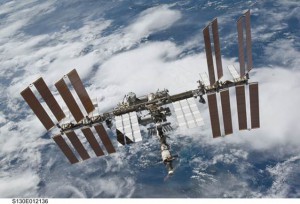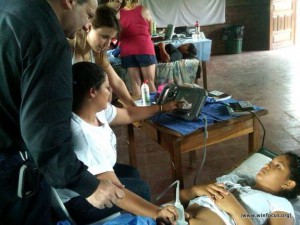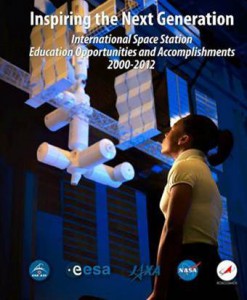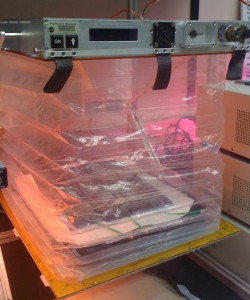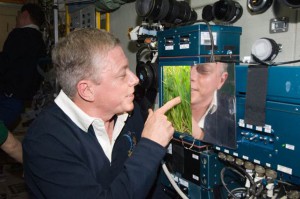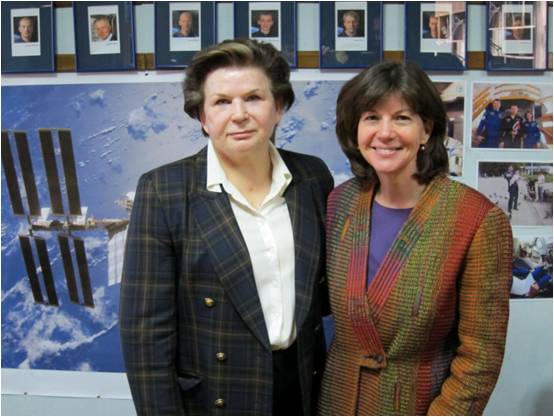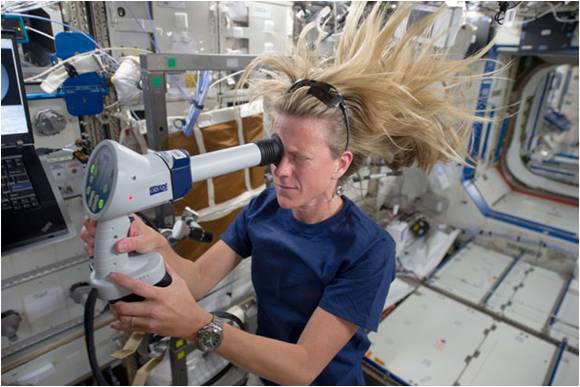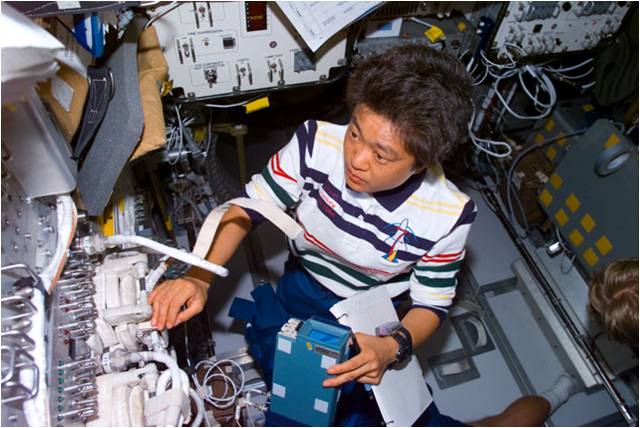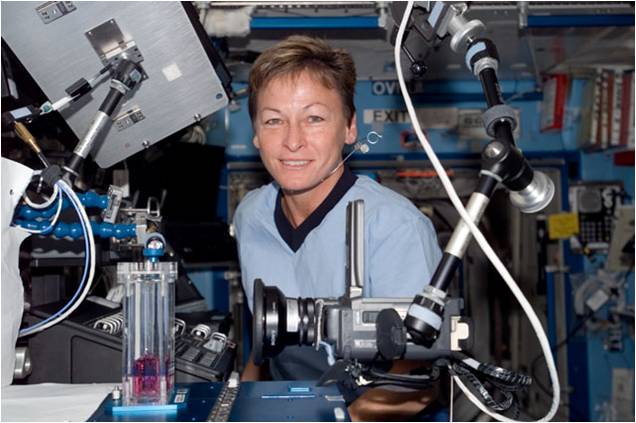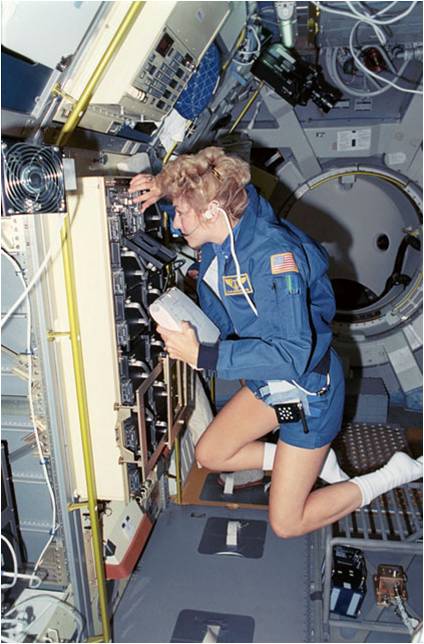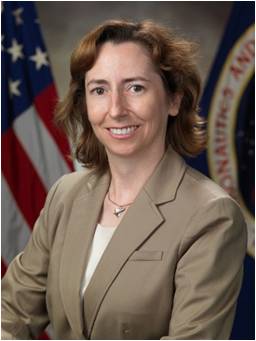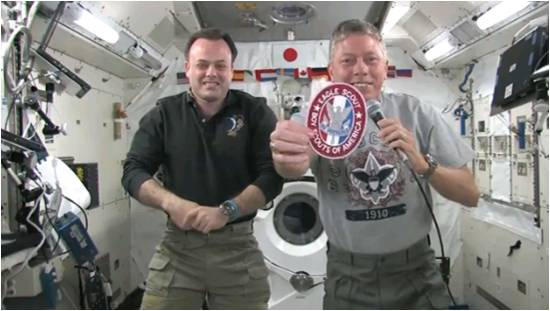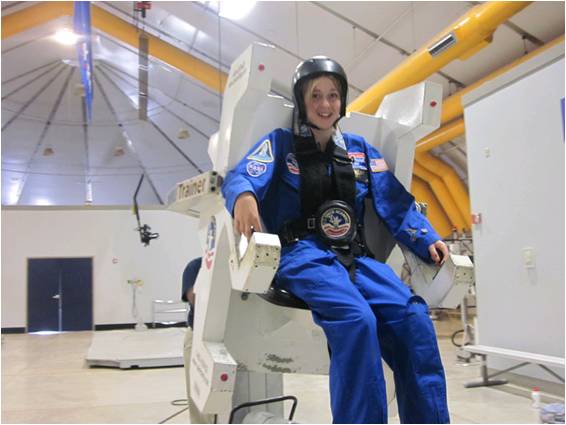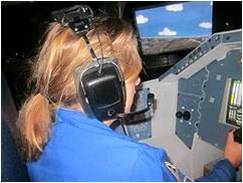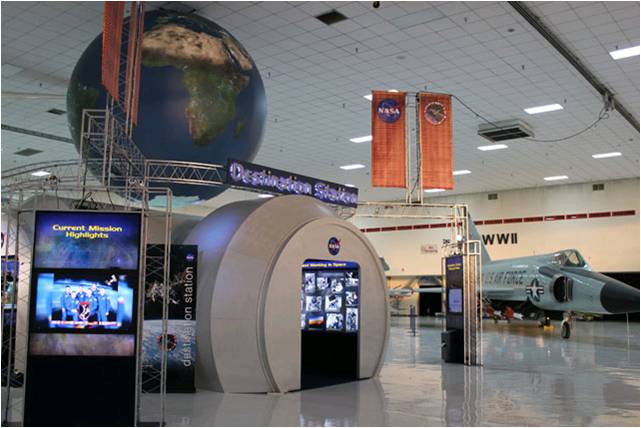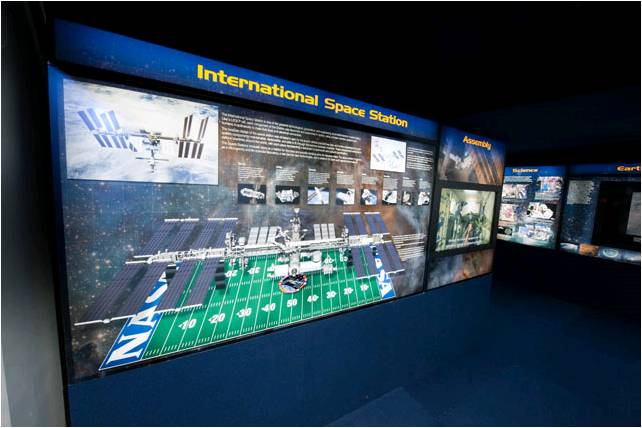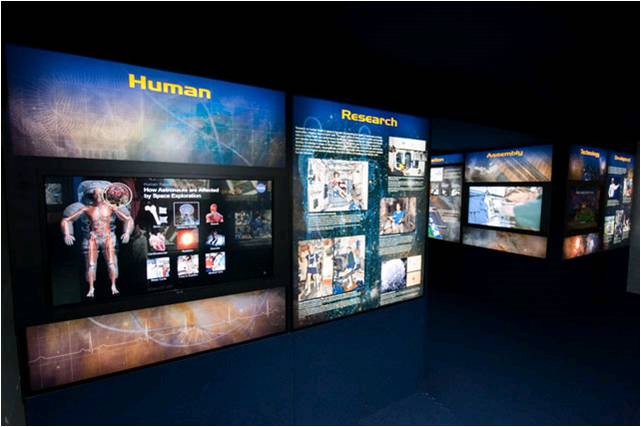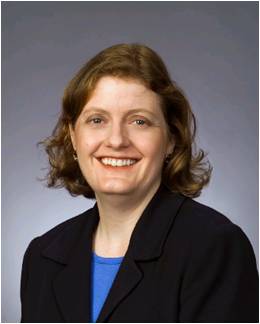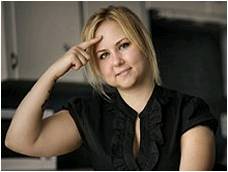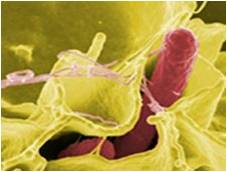Today’s A Lab Aloft was posted by Ellen Stofan and Julie Robinson on April 17, 2015.
The International Space Station is a unique laboratory for performing investigations that affect human health both in space and on Earth. Since its assembly, the space station has supported research that is providing a better understanding of certain aspects of both fundamental and applied human health, such as the mechanisms causing aging and disease. Several biological and human physiological investigations have yielded important results, including improved understanding of bone loss and rebuilding, and development of new medical technologies that have impacted lives right here on Earth.
From studying the behavior of cells to developing potential improvements in clinical settings, a variety of health research arrived at the space station today aboard the sixth SpaceX contracted resupply mission. The Dragon spacecraft delivered research equipment for biology, biotechnology, human research, as well as additional research and supplies to the station. These new and ongoing investigations continue to assist researchers in pursuing scientific and medical knowledge not possible under the weight of gravity on Earth.

NASA astronaut Scott Kelly and his identical twin brother Mark will participate in a series of human health studies as part of the recently begun One-Year Mission aboard the space station. The data collected comparing the twins, Scott on the space station, and Mark living on Earth, will enable researchers to determine how cognitive function, metabolic profiles, gastrointestinal microbiota, immune system and genetic sequences are affected by different factors attributable to the environmental stress of spaceflight. Results could potentially be used as the first steps to understand how to help develop new treatments and preventive measures for health issues on Earth.
Another investigation will study how and why some astronauts experience eye changes that can affect their vision during missions aboard the station. There are several factors that may cause this problem during spaceflight. This research will improve scientists’ understanding of this phenomenon and how changes in the brain and eye shape affects vision. It could also help people on Earth suffering from conditions that increase swelling and pressure in the brain.

Studying cells in space is another important area of health research on the station. Research in microgravity provides an important novel tool to better understand the mechanisms that cause cellular functions such as cell division, gene expression and shape. Looking at cells in space provides unique insights, because in the absence of Earth’s gravity, cells grow with a similar structure as they do in the body. Scientists can use this knowledge to improve diagnosis and therapies.
A type of bone cell, called osteocytes, will arrive at the space station on today’s cargo delivery as part of a project funded under the Biomedical Research on the International Space Station (BioMed-ISS). This initiative is a collaborative effort among the National Institutes of Health, the ISS National Laboratory and NASA. The investigation team, led by Dr. Paola Divieti Pajevic, Assistant Professor at Boston University and the Director of the bone cell core at Massachusetts General Hospital, will analyze the effects of microgravity on the function of osteocytes. The study will provide better understanding of the mechanisms behind bone disorders on Earth, such as osteoporosis.

Additional investigations also may yield results that can potentially improve patient health in clinical settings on Earth. Scientists may be able to develop methods for combating hospital-acquired infections, a chronic problem in clinical settings, by researching bacterial growth in a microgravity environment. Moreover, by studying protein crystallization in space, scientists may be able to improve crystallization technology that can change the way drugs are used for treating various human diseases.
The programs outlined here illustrate only a fraction of the space station’s potential as a groundbreaking scientific research facility. The International Space Station National Laboratory, as designated by the 2005 NASA Authorization Act, is a unique scientific platform that continues to enable researchers to put their talents to work on innovative experiments that could not be done anywhere else. Use of the space station’s singular capabilities as a permanent microgravity platform with exposure to the space environment is improving life on Earth; fostering relationships among NASA, other federal entities, and the private sector; and advancing science, technology, engineering and mathematics (STEM) education.
We may not know yet what will be the most important discovery gained from this orbiting laboratory, but we already are doing significant research on the International Space Station that could greatly benefit human health. Through advancing the state of scientific knowledge of our planet, looking after our health, and providing a space platform that inspires and educates health, science and technology leaders of tomorrow, these benefits will drive the legacy of the space station as its research enhances the quality of life here on Earth.

